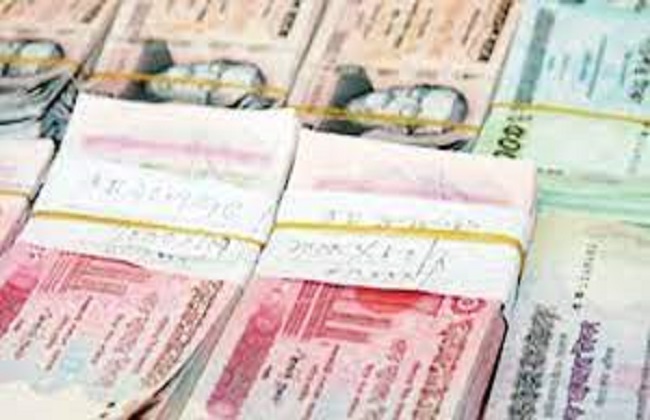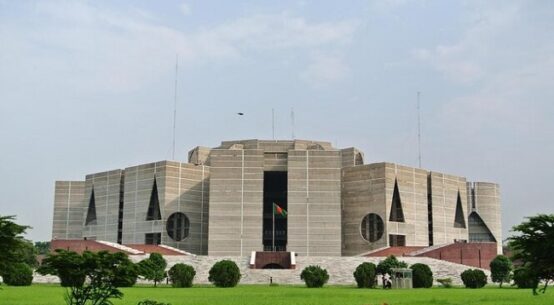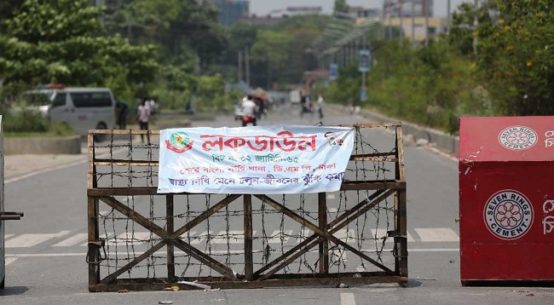
The interbank exchange rate in Bangladesh surged to Tk111 a dollar, marking a steady rise amid the ongoing dollar crisis on the country’s financial market.
The crisis has resulted in a significant depreciation of the taka over the past two years.
The exchange rate was Tk96 a dollar in September 2022 and Tk85.5 a dollar in September 2021.
However, a number of banks found collecting remittance at as high as Tk114-117 a dollar while the dollars are selling at Tk119-121 each on the open market.
The ongoing dollar crisis is attributed to several factors, including a substantial gap between the supply of and demand for dollars within the country.
The depletion of foreign exchange reserves, coupled with a sluggish inflow of remittances and export earnings, is exacerbating the imbalance in the foreign exchange market.
Furthermore, the prevalence of the informal ‘hundi’ market, where illegal currency trading takes place, is playing a significant role in intensifying the crisis.
To stabilize the foreign exchange market, the central bank has divested over $25 billion from its reserves in the past 27 months.
This includes $4.25 billion allocated to banks in the period of July-October of the current financial year 2023-24, $13.5 billion in FY23, and $7.62 billion in FY22.
The dollar sales had unintended consequence of reducing the foreign reserve of the BB, while also mopping up local currency, which created another problem — a liquidity crisis in the banking sector.
The country’s foreign exchange reserve, according to International Monetary Fund guidelines, decreased to $20.66 billion on November 1.
The depletion in reserve is raising concerns for both the government and the central bank, as it may lead to potential fallout.
Starting from July, the Bangladesh Bank was selling foreign currency at the prevailing interbank market rates.
Due to the dollar crisis and currency depreciation, the government has been struggling to control inflation, prevent energy shortage and manage rising business costs.


